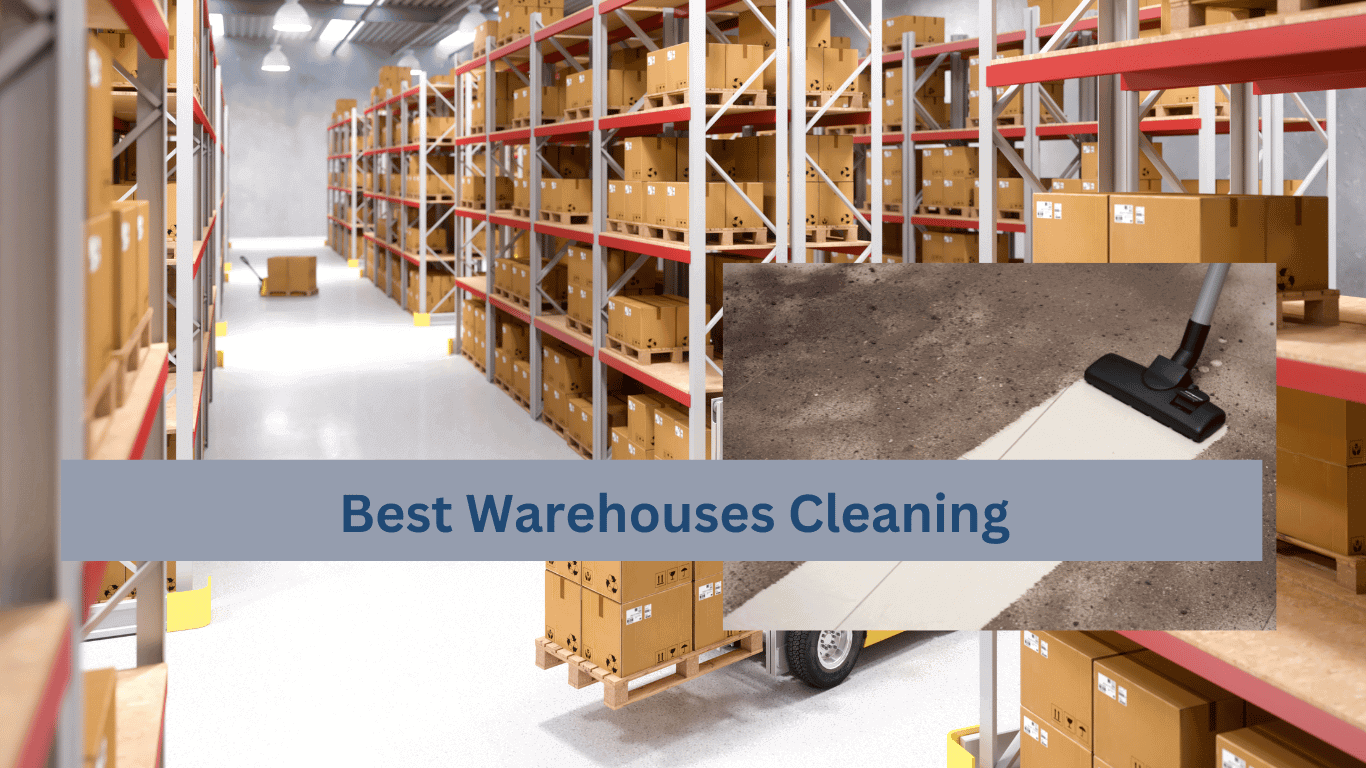Warehouses are the bustling engines that keep businesses running smoothly. Ensuring they remain clean and organized is not just a matter of aesthetics; it’s a fundamental aspect of operational excellence. Warehouse cleaning best practices that can transform your space into a well-oiled machine. From creating cleaning schedules to assigning responsibilities and selecting the right cleaning equipment, Commercial cleaning Houston got the blueprint for success.
1. Establish a Cleaning Schedule
A well-structured cleaning schedule is the cornerstone of a clean warehouse. It provides clarity and consistency to your cleaning efforts. Here’s how to create an effective cleaning schedule:
- Frequency: Determine how often specific areas need cleaning, whether it’s daily, weekly, or monthly.
- Prioritization: Identify high-traffic zones, storage areas, and sensitive spaces that require more frequent attention.
- Flexibility: Ensure your schedule can adapt to seasonal or operational changes.
2. Assign Cleaning Responsibilities
A clear division of cleaning responsibilities ensures that tasks are carried out efficiently. Consider these tips:
- Designate Roles: Assign cleaning responsibilities to specific employees or teams. Clearly define what each role entails.
- Training: Provide training and guidance to those responsible for cleaning tasks, including safety protocols and proper equipment use.
- Accountability: Implement a system to track and monitor cleaning tasks to ensure they are completed on schedule.
3. Choose the Right Cleaning Equipment
Investing in the appropriate cleaning equipment can significantly boost efficiency and effectiveness. Here are some considerations:
- Floor Scrubbers: Invest in industrial floor scrubbers for large areas and commercial floor cleaning. They clean and dry floors quickly, improving safety.
- High-Quality Brooms and Mops: Ensure your cleaning staff has access to high-quality brooms and mops suitable for your warehouse’s flooring material.
- Pressure Washers: Pressure washers are excellent for cleaning exterior areas and removing stubborn dirt and stains.
- Vacuum Cleaners: Industrial-grade vacuum cleaners can effectively remove dust and debris from floors, shelves, and hard-to-reach spaces.
4. Implement a Waste Management System
Effective waste management is integral to warehouse cleanliness. Consider these steps:
- Separation: Implement a system for separating regular waste from hazardous waste and remove debris regularly.
- Proper Disposal: Ensure hazardous materials are disposed of following regulatory guidelines.
- Recycling: Establish recycling bins and encourage employees to recycle materials properly.
5. Regular Inspections and Maintenance
Frequent inspections and maintenance are key to preventing issues from escalating. Here’s what to focus on:
- Safety Checks: Regularly inspect equipment for safety hazards and address any issues promptly.
- Repairs: Promptly repair any damaged flooring, shelves, or storage units to prevent accidents.
- Feedback Loop: Encourage employees to report cleaning or maintenance issues as soon as they arise.
By implementing these warehouse cleaning best practices, you can transform your warehouse into a model of cleanliness and efficiency. A clean and organized warehouse not only enhances safety and productivity but also fosters a culture of excellence within your organization. When you prioritize cleanliness, you’re setting the stage for operational success. Remmember post construction cleaning of warehouse is different from the regular warehouse cleaning as both cleaning demands different techniques and plans.


